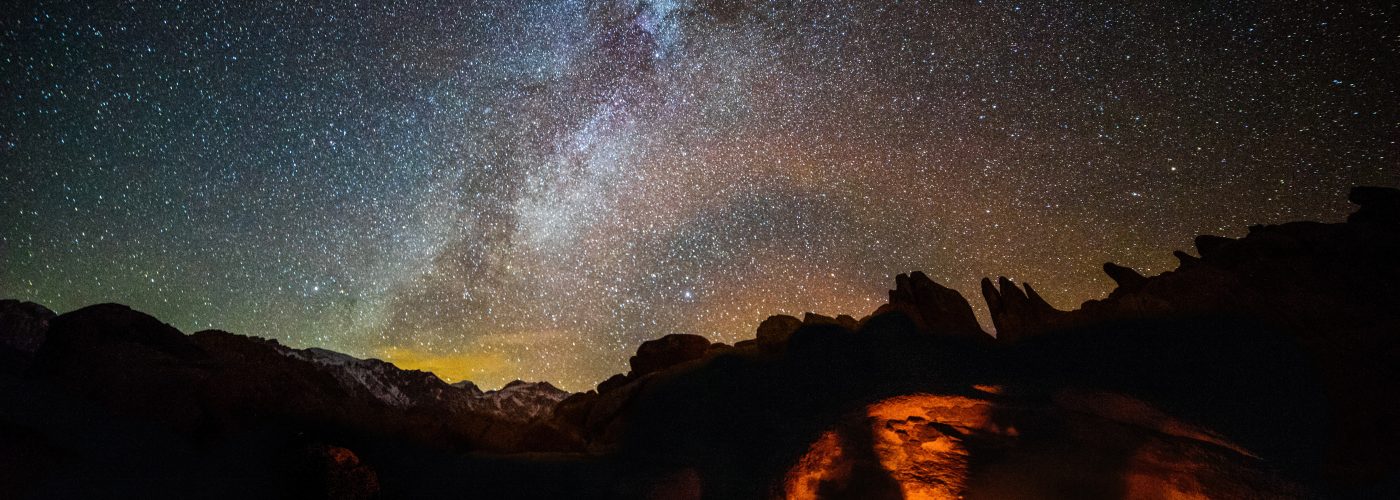Maybe you’ve been pursuing national parks because the National Park Service celebrated its centennial in 2016. But if you have ever forced it to (or even heard of) Dark-Sky Reserves and Sanctuaries? These protected parcels of property are a few of the best places.
Best Places to Stargaze
The International Dark-Sky Association protects “land possessing an exceptional or distinguished quality of starry nights and cortical surroundings” from development that causes pollution. Dark-Sky Reserves and Sanctuaries are like the national parks of the skies. Here’s where to find them.
NamibRand Nature Reserve, Namibia
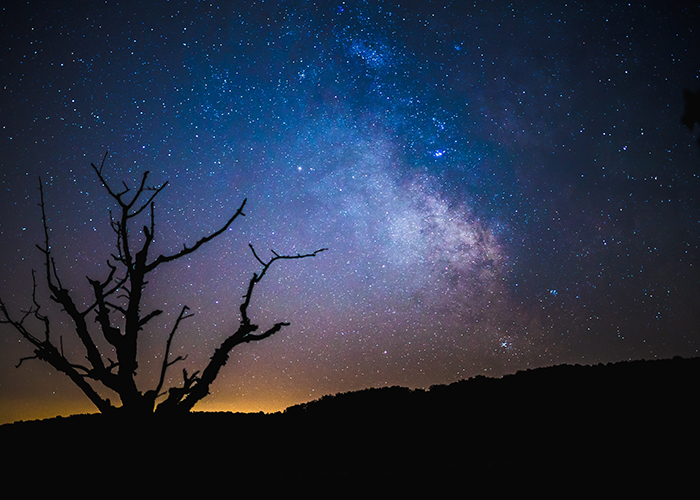
If you’ve ever longed to find the Milky Way in all its deep, sparkling glory, then add the open-air accommodation options at NamibRand Nature Reserve can help. Cross both a safari and stargazing your bucket off listing by capping off your character walks or game drives with sleeping beneath the stars. NamibRand is among the most significant and most accessible private nature reserves in Africa, which makes it one of the top areas to stargaze.
Mont Megantic, Quebec
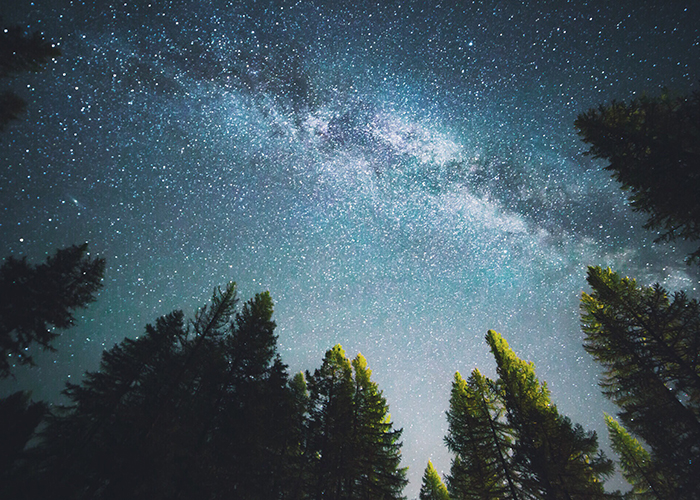
Now topped with its astronomical observatory, Mont Megantic became the first designated Dark-Sky Reserve at 2007. The peak is in the center of its namesake national park just north of the Maine/New Hampshire border, making it the perfect place to hike and bike before camping out under the stars. Mont Megantic is not just among the best places to stargaze in North America, but also one of the best places to celebrate Canada’s 150th birthday.
Pic du Midi, France
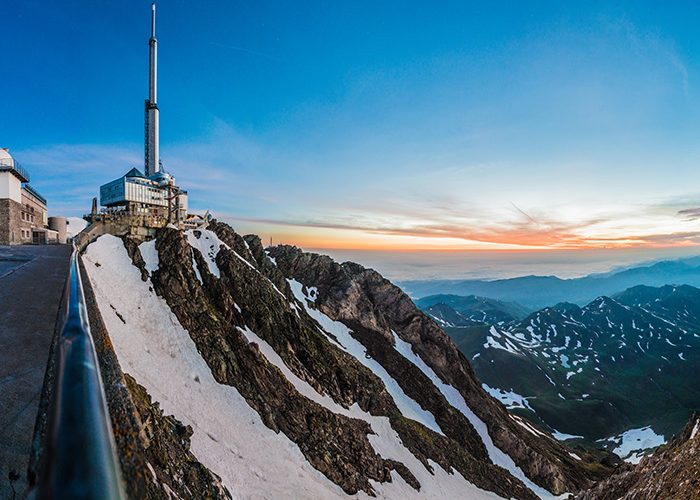
The greatest Dark-Sky Reserve you can visit, Pic du Midi sits over the clouds at the French Pyrenees Mountains. It may seem and look like an astronomer-only center, but it welcomes overnight visitors for “star parties” as well as traditional neighborhood food offerings. Take the cable car on a clear day for far-flung views of the snow-capped mountains prior to turning your eyes into the gold sunset and starry night skies.
Cosmic Campground, New Mexico
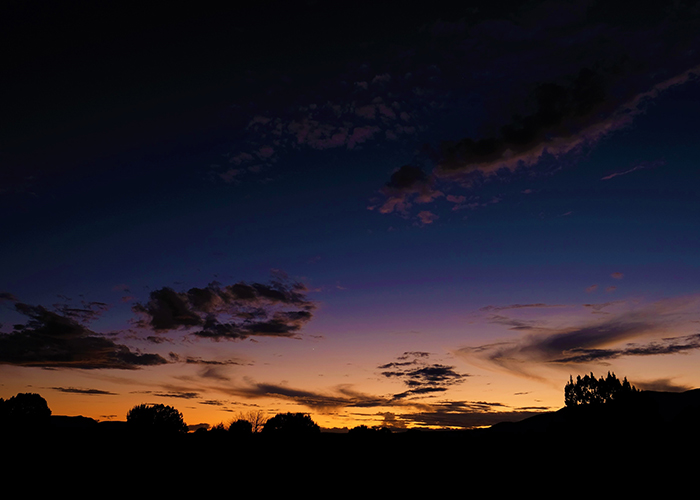
Even more distant than Dark-Sky Reserves are Dark-Sky Sanctuaries–those have fewer light sources nearby, which makes for a number of the starriest views on clear nights. New Mexico’s Cosmic Campground near Blue Range Primitive area is over 40 miles away from the nearest major light source, so that you better not be afraid of the dark if you are heading here to rough it in fundamental camping conditions. The reward: sleeping beneath an unobscured, 360-degree panorama of all constellations.
Moore’s Reserve, England
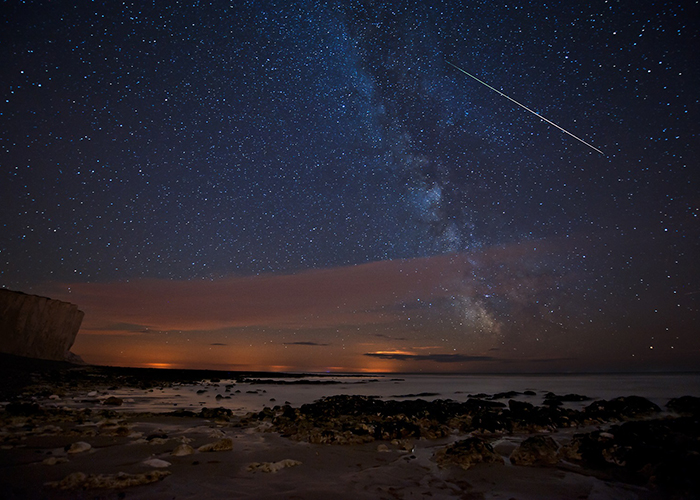
Not all of the places to stargaze are isolated. Only an hour south of London is Moore’s Reserve in South Downs National Parkfamous for its white chalk cliffs and 18th-century Halnaker Windmill. England’s newest national park (designated in 2011) had its first Dark Skies Festival in February, complete with astronomer-hosted “star parties” that include telescopes open for use. This shadowy area between London and the southern shore of England is just one of very few such areas left in the country.
Aoraki Mackenzie Dark Sky Reserve, New Zealand
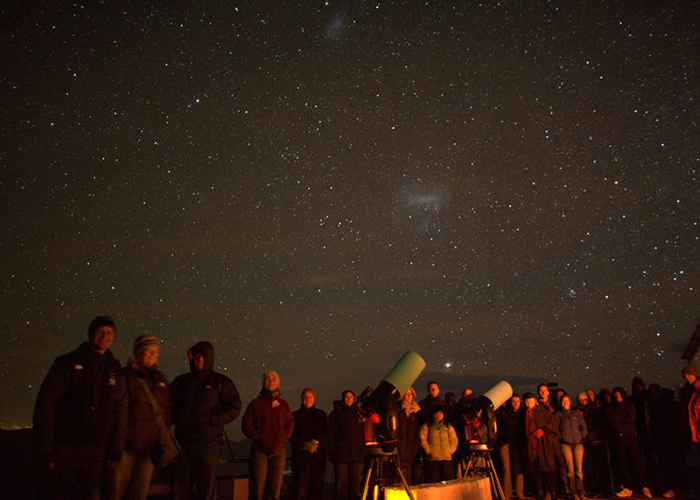
New Zealand’s Mackenzie Basin is famous as a near light-free book that includes Lake Tekapo and Mount Cook National Park. Its observatory is owned by the University of Canterbury for research, and the area is home to multiple instructional star-tour chances that could direct you through the depths of New Zealand’s night sky.
Kerry Dark Sky Reserve, Ireland
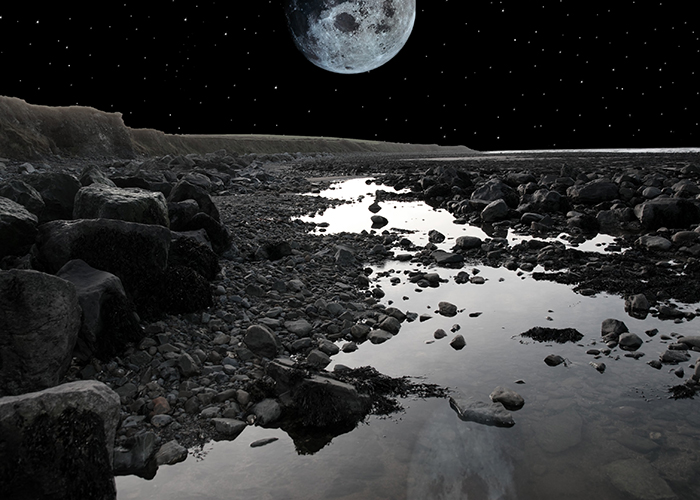
Ireland’s only Dark-Sky Reserve is also the only place to stargaze in the Northern Hemisphere using a “gold” rating–meaning it has almost zero light pollution. Regardless of this, the reserve’s spot on the Wild Atlantic Way isn’t horribly remote: It’s home to a hostel, pub, chocolate factory, and beaches that make it ideal for an overnight stay.
Westhavelland Nature Park, Germany
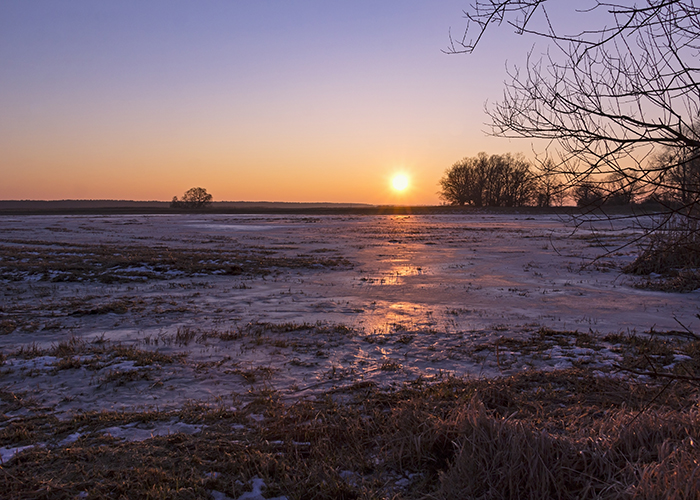
Just an hour outside of bustling Berlin, Westhavelland Nature Park is a Dark-Sky Reserve that is as popular among astronomers since it’s among tourists. The mysterious sky in Germany is above this wetlands park, which means Westhavelland isn’t well suited for camping or nighttime treks. The playground does, nevertheless, host a yearly “star party” every September that attracts visitors from Berlin by bus.
